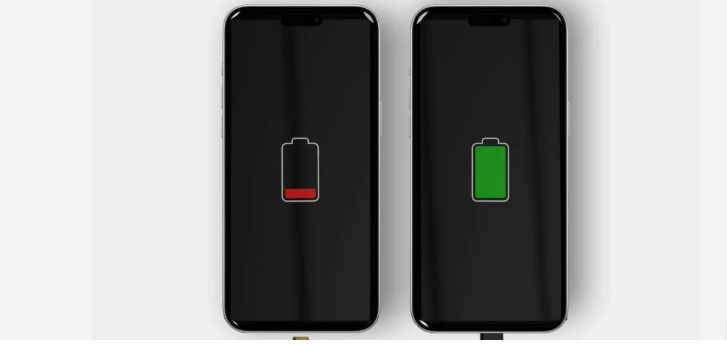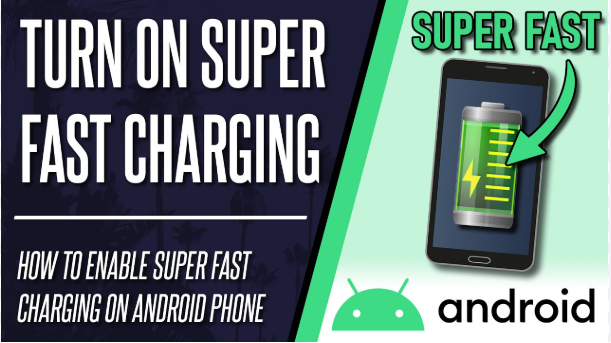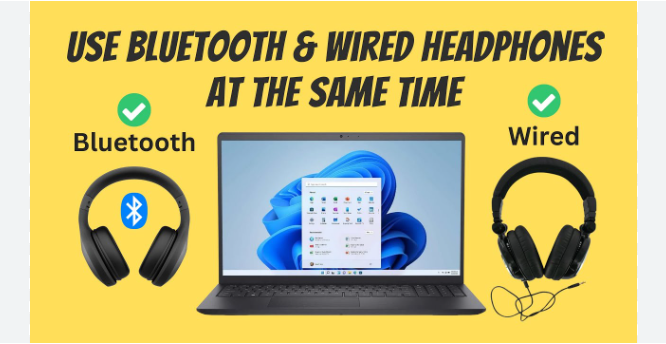Charging speed has become a key concern for smartphone users who depend on their devices throughout the day. If your phone takes too long to charge, there are several practical steps you can take to increase charging efficiency.
This formal, step-by-step guide explains how to make your phone charge faster—without damaging the battery—by using the right accessories, settings, and techniques.
Table of Contents
Toggle🔹 Step 1: Use the Original or Certified Fast Charger
Not all chargers are made equal. To achieve the fastest and safest charging speeds, use the original charger that came with your phone.
✅ Tips:
- Use OEM chargers or certified third-party adapters (e.g., USB-PD or Qualcomm Quick Charge certified)
- Confirm your phone supports fast charging (check manufacturer specifications)
- Avoid cheap or uncertified chargers, as they may slow charging or overheat the battery
⚠️ Using a low-power adapter can drastically reduce charging speeds.
🔹 Step 2: Use a High-Quality Cable
Your USB cable plays a critical role in power delivery.
✅ Recommendations:
- Choose cables rated for fast charging (e.g., USB-C to USB-C with USB 3.1 or higher)
- Avoid damaged or old cables
- Look for cables with E-Marker chips for USB-PD support on newer phones
🔍 A weak cable can bottleneck a fast charger, leading to slower charging speeds.
🔹 Step 3: Turn On Airplane Mode While Charging

Airplane mode disables radios like cellular, Wi-Fi, and Bluetooth, reducing battery drain during charging.
✅ Steps:
- Swipe down from the top of the screen
- Tap the Airplane mode icon to activate
- Charge as usual
📝 You won’t receive calls or messages, but your phone will charge faster due to minimal background activity.🔹 Step 4: Avoid Using the Phone While Charging
Using your phone for gaming, video streaming, or multitasking while it’s charging increases battery consumption, slowing the charging process.
Read also:-Best RAM for Gaming PC: A Step-by-Step Buyer’s Guide
✅ Best Practice:
- Leave the phone idle while charging
- Turn off the screen or enable battery saver mode
- If possible, power off the phone while charging
⚠️ High usage during charging can also increase heat, which reduces charging efficiency.🔹 Step 5: Enable Battery Saver or Low Power Mode
Most smartphones have built-in modes that reduce background activity, CPU usage, and screen brightness.
✅ How to Activate:
Android:
- Go to Settings > Battery > Battery Saver
- Enable manually while charging
iPhone:
🔹 Step 6: Turn Off Unnecessary Features
Disable services that run in the background and consume power.
✅ What to Turn Off:
- Wi-Fi and Bluetooth
- Mobile Data
- Location (GPS)
- Background Apps
🔧 Reducing energy consumption during charging leads to faster battery filling.🔹 Step 7: Avoid Wireless Charging (If Speed Matters)
While wireless charging is convenient, it’s typically slower than wired fast charging.
✅ Use Wired Charging For:
- Faster speeds
- Efficiency
- Lower heat buildup
⚠️ Only use wireless charging when you prioritize convenience over speed.
🔹 Step 8: Clean Charging Port
Dust or lint inside the USB port can disrupt the connection and limit power flow.
✅ Cleaning Steps:
🔹 Step 9: Use a Wall Socket, Not a USB Port
Charging from a PC USB port delivers less power compared to wall adapters.
✅ Power Comparison:
- Wall socket + fast charger: 15W to 120W
- Laptop USB port: 2.5W to 7.5W (much slower)
🔌 Always plug directly into the wall outlet for optimal speed.
🔹 Step 10: Keep the Phone Cool
Heat slows down charging to protect the battery. Keeping your phone cool helps maintain fast charging speed.
✅ Tips:
- Remove the phone case while charging
- Don’t place the phone under pillows or blankets
- Avoid direct sunlight
🌡️ Ideal charging temperature: 20°C to 30°C (68°F to 86°F)
🔹 Step 11: Use Charging-Only Mode via USB
If you must connect to a computer, enable charging-only mode.
✅ Steps:
✅ Bonus Tip: Upgrade to a Phone With Better Charging Specs
Some modern smartphones offer super-fast charging with up to 120W charging capability (e.g., Xiaomi, Realme, OnePlus). If charging time is a top priority, consider:
- Phones with USB Power Delivery (PD) 3.0 or Quick Charge 5
- Devices that support dual-cell charging for higher efficiency
✅ Conclusion
Charging your phone faster is not just about buying the best charger—it’s about using the right techniques and maintaining good habits. By following this step-by-step guide, you can significantly reduce charging time while preserving battery health.
Use a certified fast charger, keep the phone idle and cool, and disable unnecessary features during charging. These simple adjustments can make a big difference in your daily routine.







